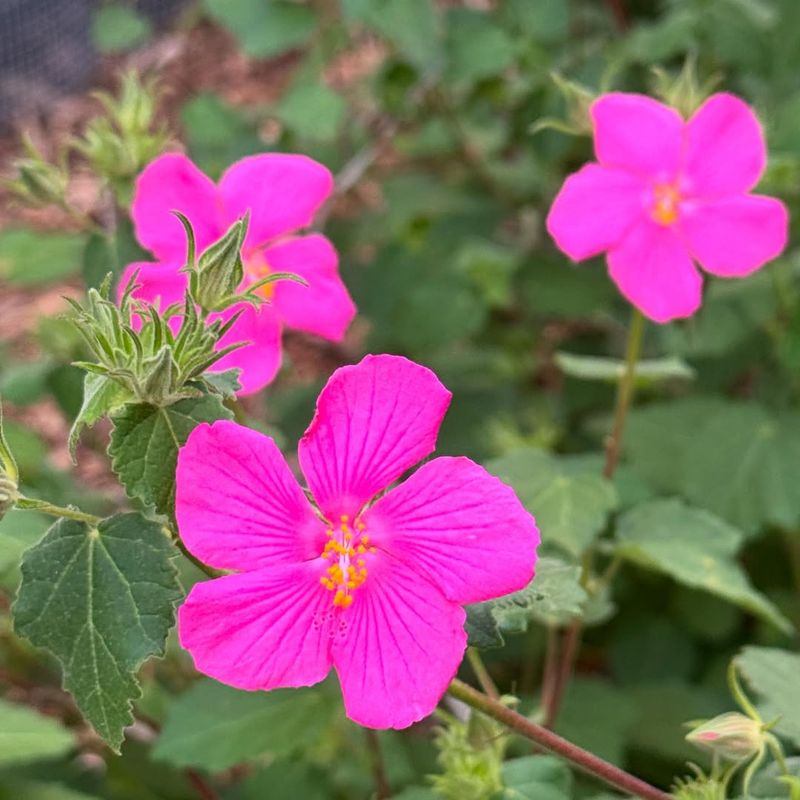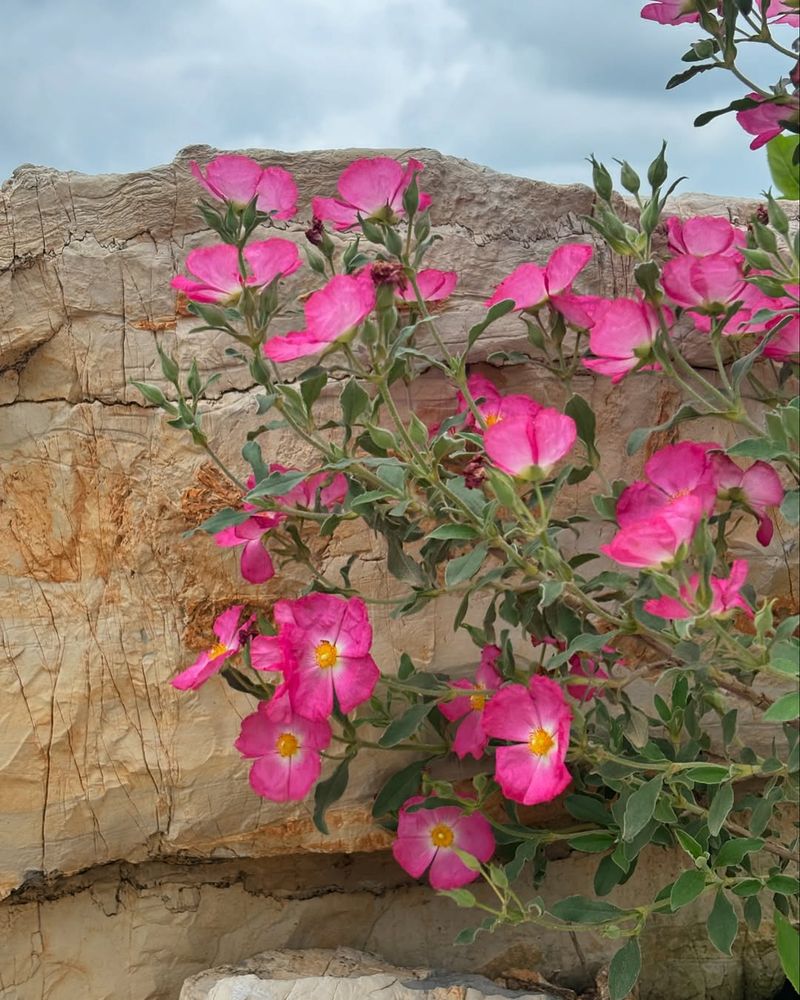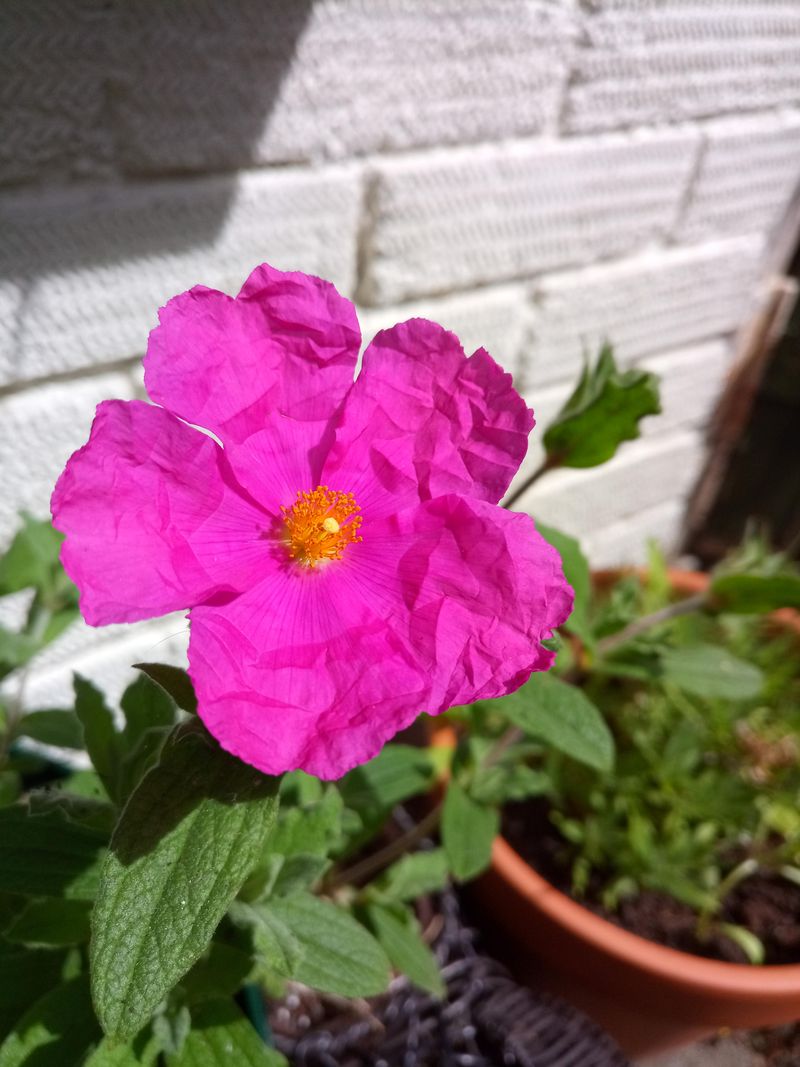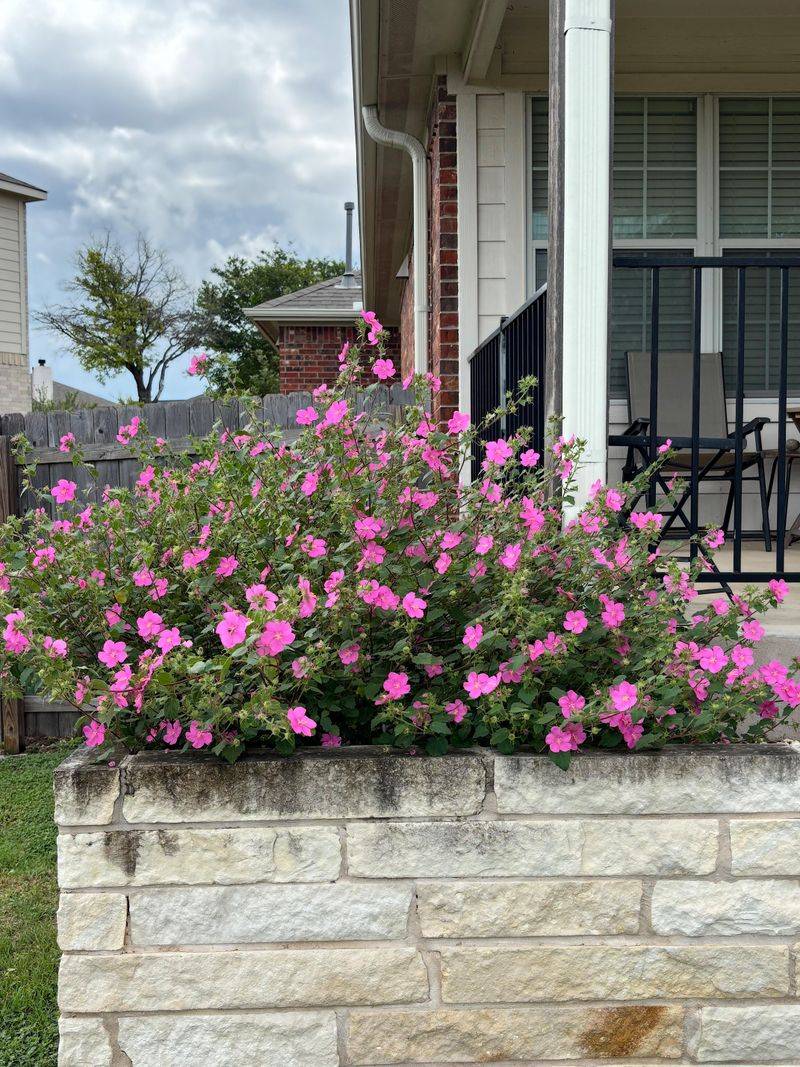California’s sun-soaked hillsides are never shy about putting on a show, but some seasons call for a little extra flair.
When landscapes start to look washed out by heat and drought, a certain hardy shrub steps up to steal the spotlight. Meet rockrose—the pink-blooming charmer splashing color where other plants call it quits.
1. Rockrose Survives California’s Dry Summers With Ease
Water bills can skyrocket during California’s long, hot summers, but rockrose doesn’t need much to stay healthy. Once established in your garden, it survives on rainfall alone in most areas.
Native to the Mediterranean region, rockrose evolved to handle months without water. Its leaves have special coatings that reduce moisture loss, making it perfect for drought-prone yards.
Gardeners love that they can enjoy beautiful blooms without constantly running the sprinkler system or worrying during water restrictions.
2. Flowers Bloom Profusely From Spring Through Early Summer
Picture your garden covered in cheerful pink blooms that last for months. Rockrose puts on quite a show from late spring into early summer, creating waves of color.
Each flower only lasts a day, but the plant produces so many buds that new blooms open constantly. The delicate petals look like crinkled tissue paper with bright yellow centers that attract bees and butterflies.
Morning is the best time to admire them, as flowers open with the sunrise and create a stunning display before the afternoon heat.
3. Several Species Offer Different Shades And Sizes
Not all rockrose plants look identical, which gives you exciting options for your landscape. Different species range from low groundcovers to taller shrubs reaching five feet high.
Flower colors vary too, from pale blush pink to deep magenta, with some varieties featuring spotted petals or contrasting centers. Cistus purpureus displays deep pink blooms, while Cistus salviifolius offers softer white flowers with pink tones.
Choosing different varieties lets you create layers of texture and color throughout your garden beds and borders.
4. Aromatic Leaves Release Fragrance On Hot Days
Walking past a rockrose on a warm afternoon treats you to a pleasant surprise. The leaves release a resinous, slightly sweet fragrance when temperatures rise or when you brush against them.
Ancient Greeks and Romans harvested this aromatic resin, called labdanum, for perfumes and medicine. Today, the scent simply adds another sensory dimension to your outdoor space.
The fragrance becomes strongest during peak summer heat, turning your garden into a naturally perfumed retreat that smells as good as it looks.
5. Deer and Rabbits Usually Leave Rockrose Alone
Dealing with hungry wildlife can frustrate any gardener, but rockrose rarely gets nibbled. Deer and rabbits typically avoid it, probably because of the aromatic oils in the leaves.
If you live near open spaces where wildlife wanders through yards, planting rockrose means less damage to your landscape. You won’t need ugly fencing or smelly repellent sprays to protect your investment.
Combine rockrose with other deer-resistant plants like lavender and rosemary to create a beautiful, low-maintenance garden that wildlife respects naturally.
6. Fast Growth Fills Empty Spaces Quickly
Nobody wants to wait years for a garden to look established. Rockrose grows surprisingly fast, often reaching mature size within two to three growing seasons.
Young plants spread outward quickly, covering bare soil and crowding out weeds naturally. This rapid growth makes rockrose ideal for new homes with empty yards or for filling gaps between slower-growing plants.
Just remember to give each plant enough room at planting time, because they’ll expand faster than you expect once their roots settle in.
7. Minimal Pruning Keeps Plants Looking Their Best
Busy homeowners appreciate plants that don’t demand constant attention. Rockrose needs very little pruning compared to many other flowering shrubs in California landscapes.
After the bloom period ends, you can lightly trim back stems to maintain shape, but heavy pruning isn’t necessary or recommended. The plant naturally forms an attractive rounded shape without much help.
Avoid cutting into old wood, as rockrose doesn’t regrow well from bare branches. Light shaping while plants are young encourages bushier growth patterns.








